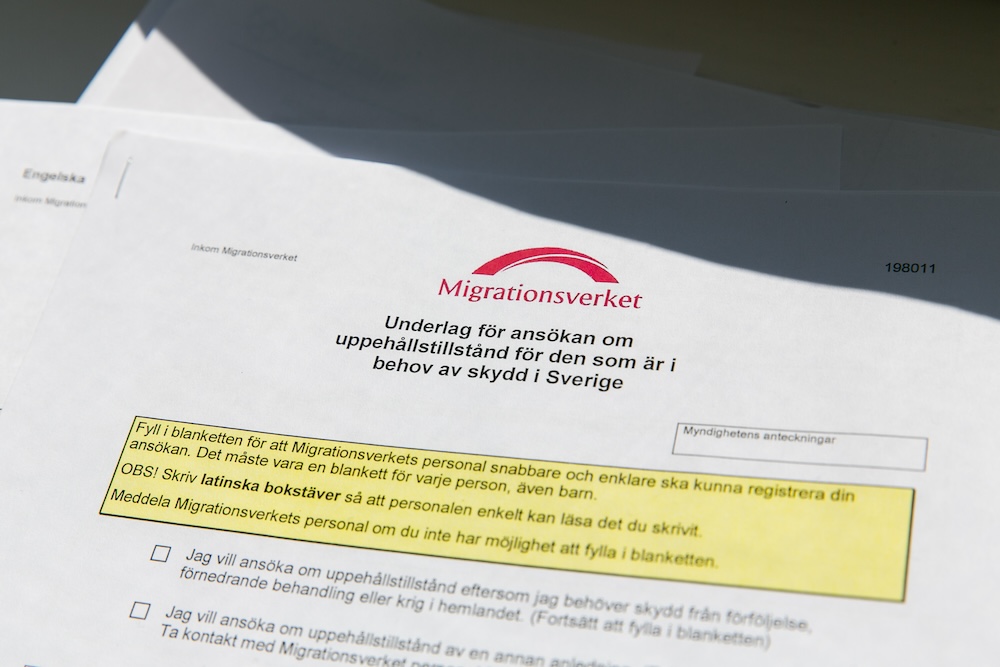This is a question many people ask us. If you already have citizenship in another country, it’s not always easy to get citizenship in Sweden. The processing times are very long, but one positive aspect is that of the applications that were decided on in 2022, 84 percent were granted Swedish citizenship. If you want to become a Swedish citizen, there are a couple of criterias you need to meet to increase the chance for granted citizenship.
Firstly, you can either apply or register for Swedish citizenship. Registering for citizenship can only be done by minor children, young adults between the ages of 18-21 and other Nordic citizens. Depending on the type of registration, the requirements will differ, but in all cases this is an easier way to become a Swedish citizen compared to when you apply for citizenship.
To instead apply to become a Swedish citizen, you have to:
- be at least 18 years old.
- have a valid ID document.
- have lived in Sweden for a certain amount of years (this differs, among other things, depending on what kind of residence permit you’ve had during your time in Sweden).
- have a permanent residence permit, right of residence, residence card or residence status.
In addition, it helps if you:
- are debt-free and haven’t committed any crimes in Sweden.
Having debts or having committed crimes in Sweden doesn’t neccessarily prevent you from becoming a Swedish citizen. However, you have to have paid off your debts, served your sentences and waited some time before applying for citizenship.
When submitting an application for citizenship, it helps if you send as detailed information as possible. A tip is to have someone help you out. That way, you can make sure you haven’t missed anything that might be important to include in your application.
Get help from a lawyer when applying to become a Swedish citizen
Do you need help submitting an application for Swedish citizenship? Make an appointment with our lawyers in the Kliently app today. They will help you with any questions you have and guide you through the process if you want.
Do you need legal help?
We have several lawyers who can help you with this. Book an appointment if you have questions and need counseling, or email us to hire one of the lawyers. We recommend: Anastasia Martin, Aja Wadii










